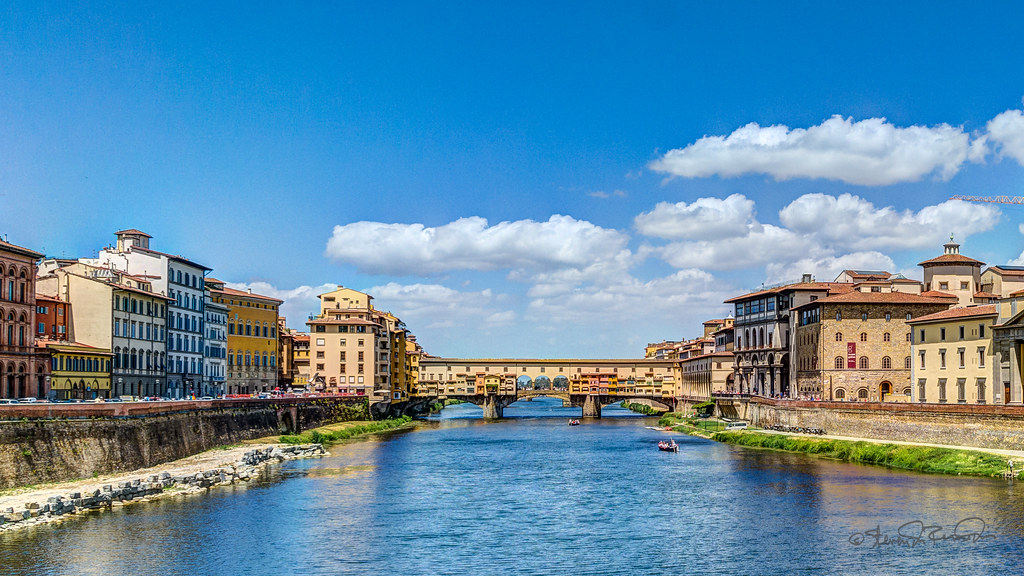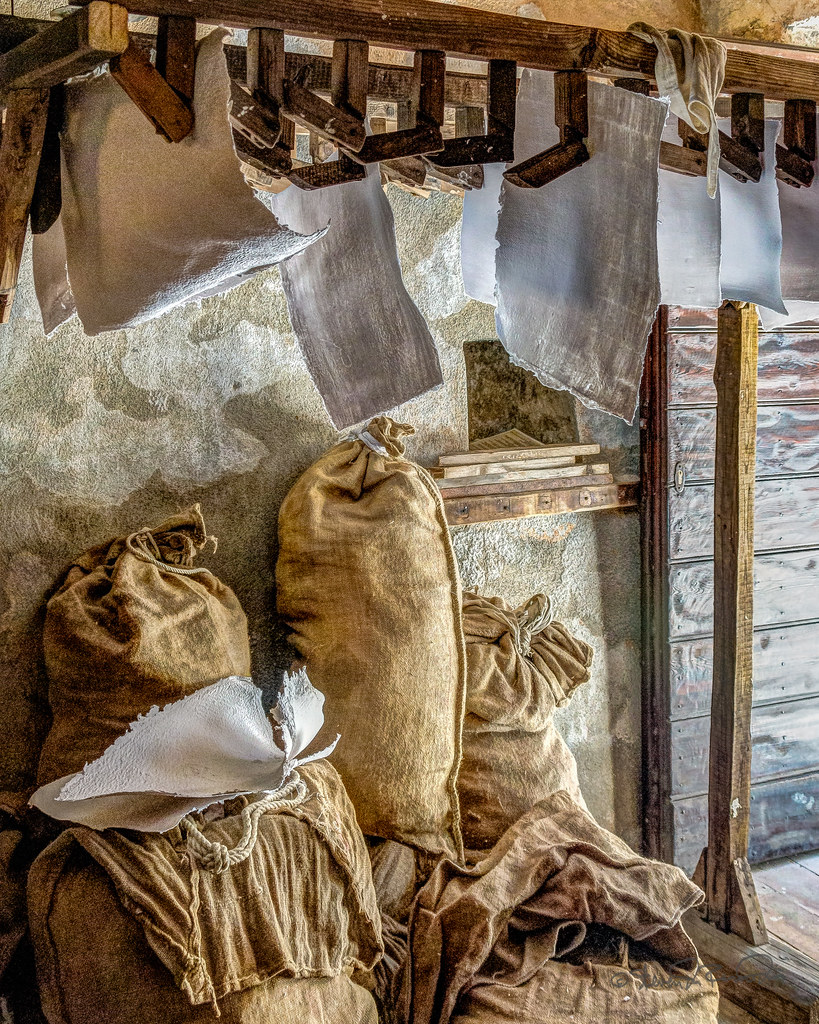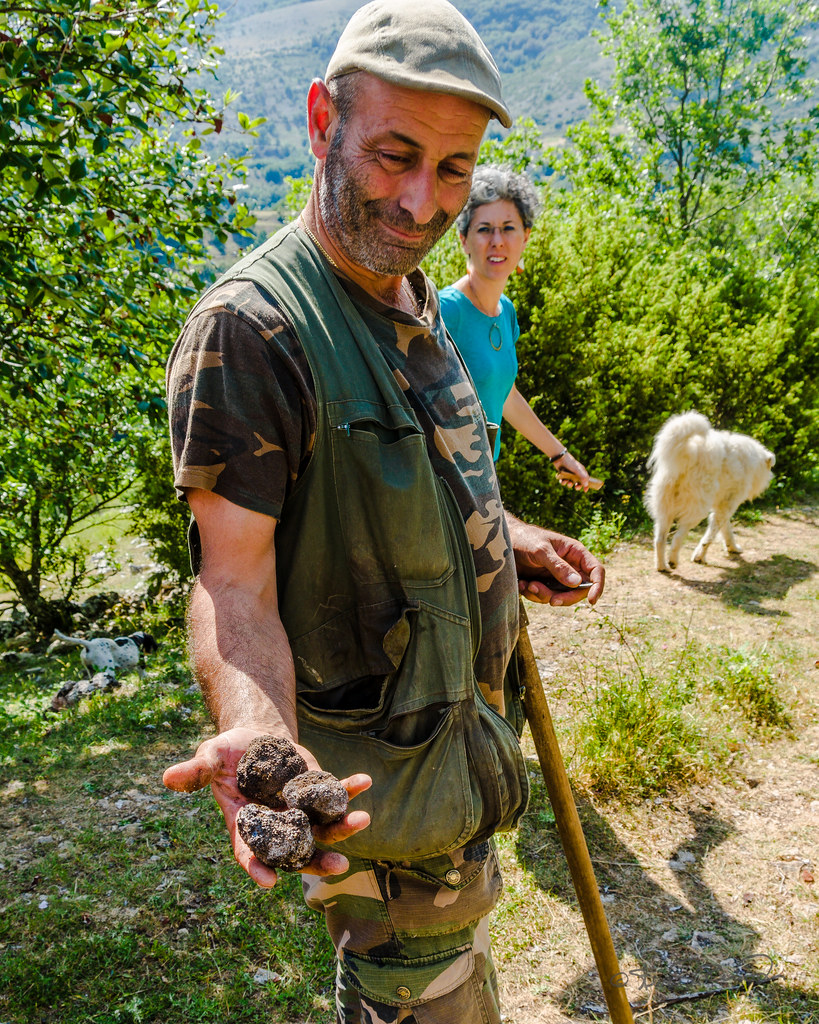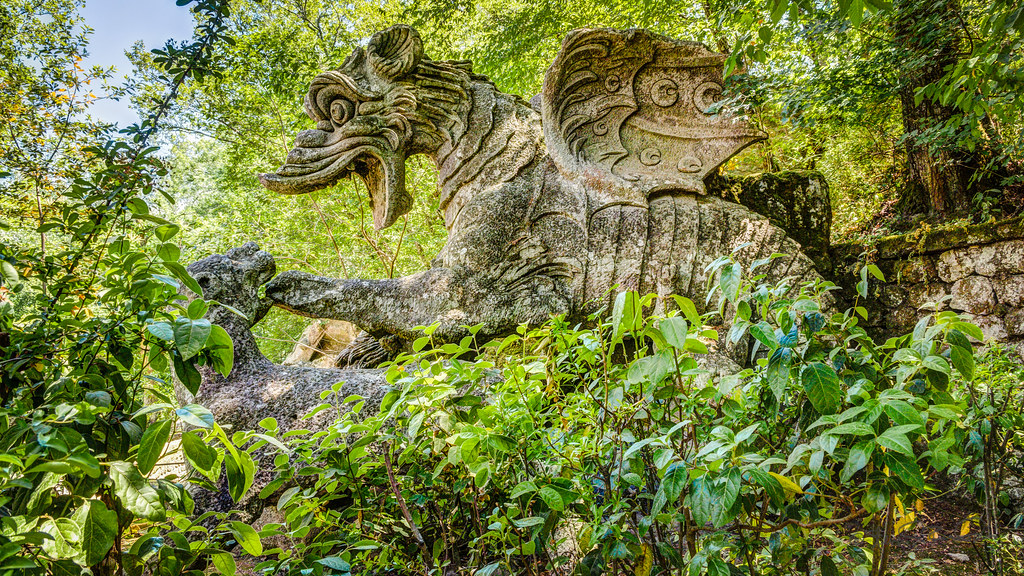Video Slideshow
On OAT's Tuscany & Umbria tour through the countryside of Italy, visiting the small hilltop towns steeped in history. We also visited Rome for a few days.
Lucca
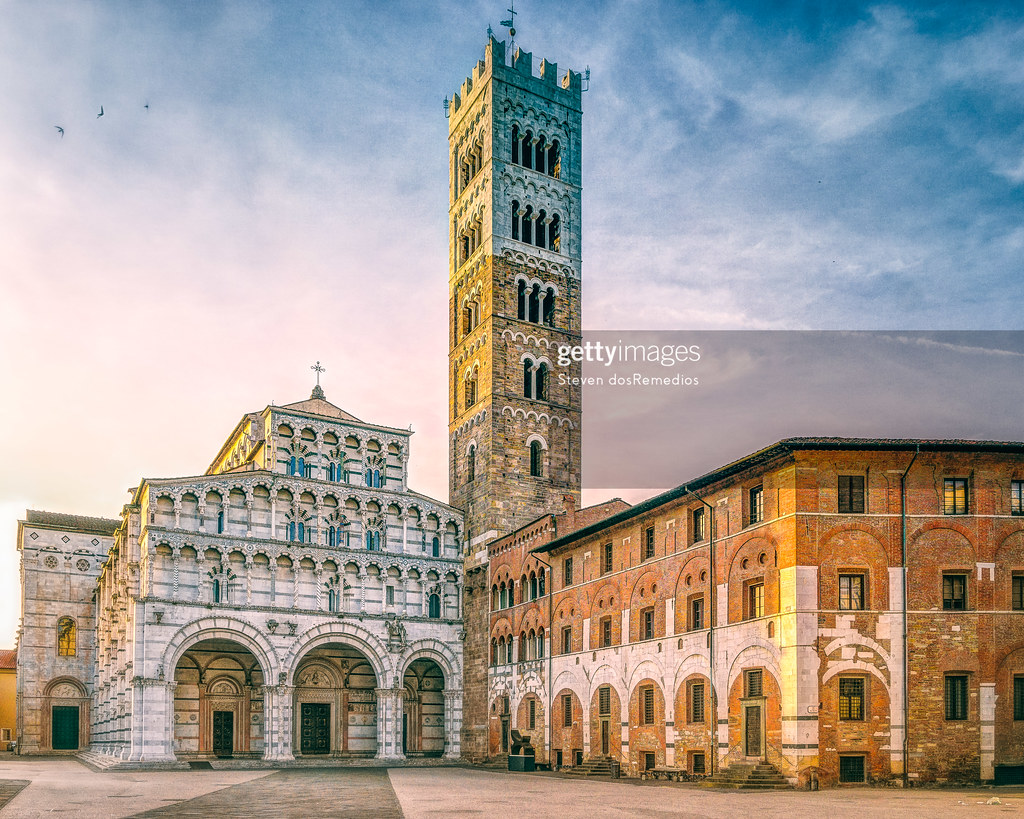
Lucca is an ancient and medieval city founded by the Etruscans. The rectangular grid of its historical center preserves the Roman street plan, and the Piazza San Michele occupies the site of the ancient forum. Traces of the amphitheater still may be seen in the Piazza dell'Anfiteatro.
Remarkably well preserved, Lucca's narrow streets look much like they did when the ancient Romans established the town in about 180 BC. And the thick walls that encircled Lucca during the Renaissance era stand strong today. Completely intact, they once hosted car races and now serve as a pedestrian walkway. Lucca's charming center is enclosed by these walls, and brick ramparts from the 15th and 16th centuries preside over the streets. As we explore, we'll find quiet, tree-lined squares and ancient churches with ornate facades of green, gray, and white marble. Our stroll takes us by the Duomo di San Martino, or St. Martin's Cathedral, which was originally built in 1063.Florence

Florence was a center of medieval European trade and finance and one of the wealthiest cities of that era. It is considered the birthplace of the Renaissance, and has been called "the Athens of the Middle Ages".
We began with a walk through the Oltrarno District, where we experience a more intimate aspect of Florence. This allows us to follow the route of the famous Vasari Corridor across the Arno and into the Piazza della Signoria, from where the Medici ruled Florence from Palazzo Vecchio, the impressive fortress-palace overlooking the square.
Siena
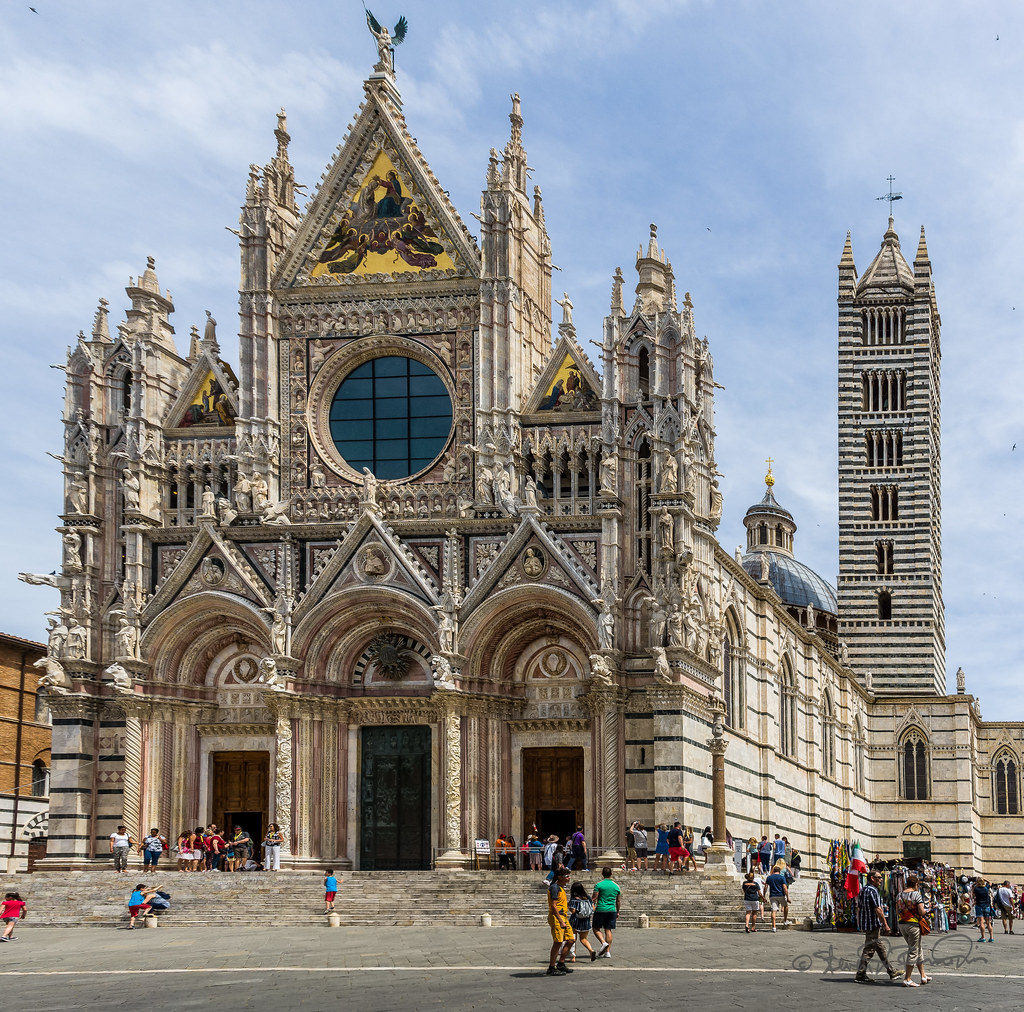
A Roman town called Saena Julia was founded at the site in the time of the Emperor Augustus. Some archaeologists assert that Siena was controlled for a period by a Gaulish tribe called the Senones.
It's a small city built along three distinct ridge-lines that meet to form a 'Y' Siena is as elegant as it is ancient. Narrow, medieval passageways open suddenly to sweeping views of the city and surrounding countryside. Our walk is like stepping back in time to discover the palazzos, piazzas, and churches scattered throughout Siena's Old Town, a UNESCO World Heritage Site. Siena's streets are paved with cobblestones, and the city is built over five hills, making for a challenging€”yet rewarding€”stroll. Siena's seventeen districts, or contrade, were originally divided by the city's buildings and their owners at the time, rather than by roads or other geographical markers. Each is named after an animal or symbol. The central square is named Piazza del Campo, a shell-shaped 13th-century plaza considered one of the most beautiful in Europe, and home to Siena's most important civic events.
Pienza
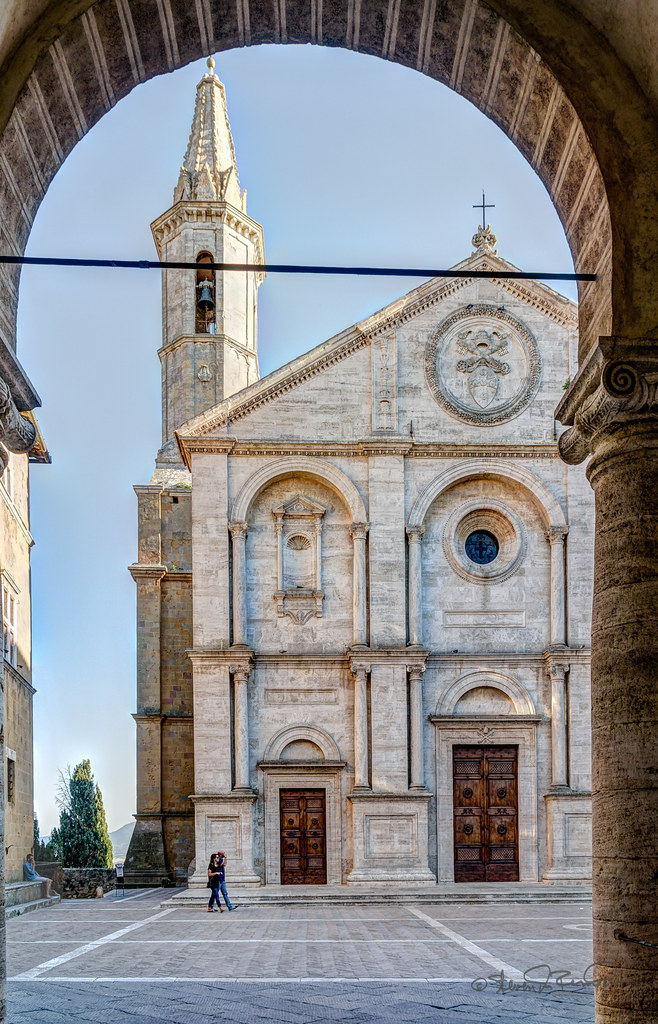
The Duomo (Cathedral), which dominates the center of the piazza, has a facade that is one of the earliest designed in the Renaissance manner.
Formerly a small village named Corsignano, Pienza is the birthplace of Pope Pius II. Once elevated to his position, this native son declared that Corsignano should be rebuilt using the Renaissance urban planning model of a central piazza anchored with important buildings and the rest of the city radiating from this heart. Visiting the surrounding countryside, noted for its rising and falling contours, with broad plains punctuated by dramatic hills, and its beautiful array of farmhouses, shrines, and Renaissance villages, the Val d'Orcia has for years been the muse for countless artists and photographers.
Trevi

Trevi is an ancient town in Umbria, Italy, on the lower flank of Monte Serano overlooking the wide plain of the Clitunno river system.
Considered "the green heart of Italy," Umbria is rich with agriculture, olive oil making, and verdant forests. We travel to Bevagna to visit Medieval workshops there. These studios make products using only the techniques and methods employed during the Middle Ages. We visited Assisi, the town that is best known for the legacy of Saint Francis and his followers, who practiced humility and compassion in the face of poverty. The 13th-century Basilica erected in St. Francis's memory is an UNESCO World Heritage Site with frescoes painted by master artists like Giotto.
We traveled to the heart of the Apennines to experience A Day in the Life of an Umbrian mountain village. Traditional Italian ways of life that have endured for generations in these mountain villages, and locals here still grow crops, tend sheep, and gather truffles and mushrooms from the surrounding natural birch forests. We set off aboard 4-wheel-drive vehicles and meet up with some local truffle hunters and their dogs. We all then set off into the woods on foot and discover if the truffle-hunting skills of the dogs can uncover any of the precious fungus. Collecting our finds on a mountain top, our hosts cooked scrambled eggs with grated truffles for us to have with their local red wine.
We stopped in the village of Bomarzo, home to a Renaissance-era garden also known as "Parco dei Mostri," or Park of the Monsters. Begun in 1552, the garden features a series of bizarre and fascinating stone sculptures meant to shock, including a giant screaming face.
Vatican
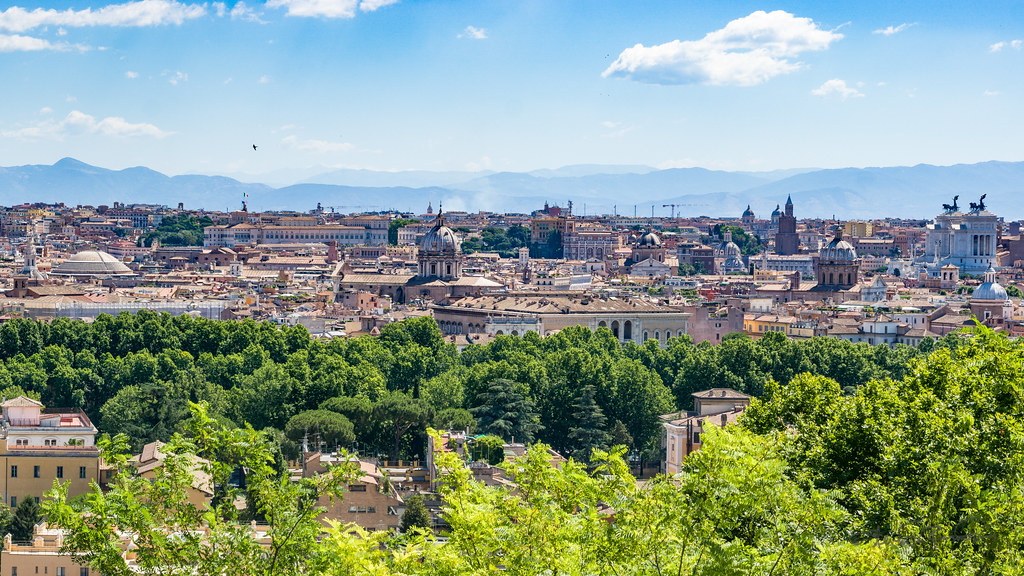
While Roman mythology dates the founding of Rome at around 753 BC, the site has been inhabited for much longer, making it one of the oldest continuously occupied sites in Europe. The city's early population originated from a mix of Latins, Etruscans and Sabines.

Our goal was to tour the Vatican Museums and the Sistine Chapel. Started in 1506 by Pope Julius II, the Vatican Museums contain one of the finest art collections in the world. Although it's impossible to see all of the vast collection, we found many of the priceless treasures acquired by the church over centuries. We crept through the awe-inspiring Sistine Chapel, which contains the world's most famous frescoes on its ceiling and one of its walls. Inside, we saw Michelangelo's most famous and dramatic masterpieces, including The Creation and The Last Judgment, both of which have been recently restored to fully reveal their majestic glory.


